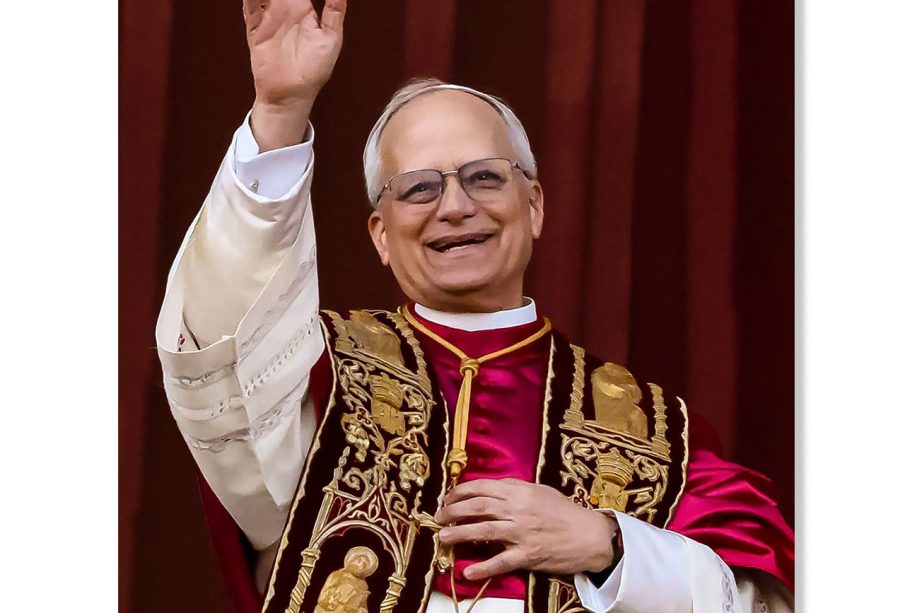The Legacy of Pope Leo and His Influence on the Catholic Church

Introduction
Pope Leo, known for his pivotal role in the early Christian Church, had a profound impact that resonates through history. His leadership and theological contributions helped shape the doctrine of the Catholic Church, which remains significant today. Understanding his legacy offers insights into the evolution of Christianity and the Church’s authority over the centuries.
Pope Leo’s Historical Context
Pope Leo I, also known as Leo the Great, served as pope from 440 to 461 AD during a tumultuous period of the Roman Empire. His papacy was marked by political instability and external threats, such as the invasion of barbarian tribes. Leo adeptly navigated these challenges, using them as opportunities to strengthen the position of the papacy within Christendom.
Key Contributions and Achievements
One of Pope Leo’s most notable contributions was his theological stance, particularly concerning Christology. In 451, he articulated the famous “Tome of Leo,” a letter that clarified the Church’s doctrine about the dual nature of Christ, affirming that Jesus is both fully divine and fully human. This position was affirmed at the Council of Chalcedon, shaping the dogma for centuries to follow.
Additionally, Pope Leo played a vital role in establishing the primacy of the Bishop of Rome. By championing the authority of the papacy, he set precedents that bolstered the influence of future popes. His diplomatic skill was evident when he confronted Attila the Hun, famously persuading him to turn back from invading Rome, which underscored the Church’s political influence.
Impact on the Catholic Church
The legacy of Pope Leo extends beyond his reign. He is the patron saint of the Roman Catholic Church, often celebrated for re-emphasizing the importance of the papacy as a unifying force for Christians. His teachings and organization of the Church helped establish a foundation that would support future reforms and doctrines, influencing the trajectory of the Church throughout the Middle Ages and into the modern era.
Conclusion
In conclusion, Pope Leo’s contributions to the Catholic Church are not only marked by his theological advancements but also by his decisive actions in guiding the Church through crises. His teachings continued to shape Catholic doctrine and his diplomatic successes cemented the Church’s role in socio-political matters. As we reflect on the legacy of Pope Leo, it is clear that his influence remains an essential component of understanding the Church’s history and its impact on global Christianity.







